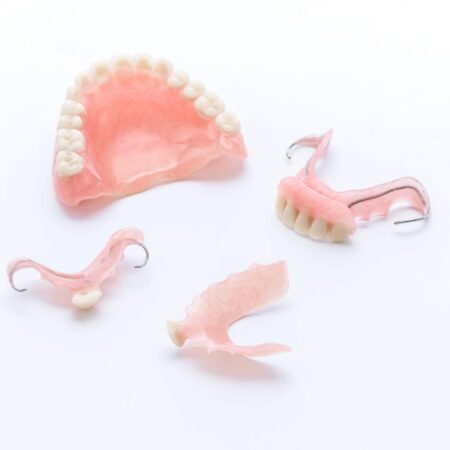Dental Bonding vs. Porcelain Veneers

Every day, people ask us about the differences between dental bonding and porcelain veneers. One patient, in particular, visited us after seeing ads for dental porcelain and dental bonding. She felt confused about the options, differences, and how they could actually transform her smile.
I don’t blame her because if I was not a dentist – I would be confused myself! Because there’s so much information out there about dental bonding and porcelain veneers. What are they? What are the similarities and what are the differences? Hopefully, I can give you some useful information on what the differences are, and this will help you make the right decision when you speak to your dentist to make the best treatment outcome for yourself.
Now, one of the main differences between dental bonding and porcelain veneers is longevity. Dental bonding utilizes a composite resin material, the very same substance used for white tooth fillings. This material is employed for reshaping and resizing front teeth, resulting in a stunning appearance when skillfully applied. However, dental bonding is not as durable compared to porcelain. The reason is that it may chip a bit easier. Over time, it may take up stains as well because it’s not porcelain.
Related / What Are Porcelain Dental Veneers?
Porcelain will never stain for the rest of your life because it’s like tiles, it’s very innate, it doesn’t take up any stains. Dental bonding, because it’s a filling material, it’s a little bit more porous and, therefore, it stains a little bit more as time goes by. Now, you might be thinking, “What if it stains?” Well, you can still polish it down but the more you polish it away, the thinner the composite becomes, and that, potentially slowly, one of these may alter the aesthetics of dental bonding that you have in your mouth. That’s one of the main differences.
Now, the second difference is, that dental bonding can be used in more minor adjustments or corrections. You cannot use dental bonding to potentially do a major correction in your mouth because of your innate strength. Number two, because of the adaptation of the material to the tooth. So, dental bonding, while it’s a very good tool to achieve a good cosmetic result, it’s limited in some areas. Porcelain veneers or crowns on the other hand can be more versatile because it’s more sturdier, and stronger, and you can actually preplan it outside of the mouth.
So, hopefully, this has helped you in terms of the differences between the two. One would be the longevity and one would be the area of usage for bonding versus porcelain. I would encourage you to send this to your friends and family members who might find this useful because it may help them make a decision in terms of which would be better for them.













